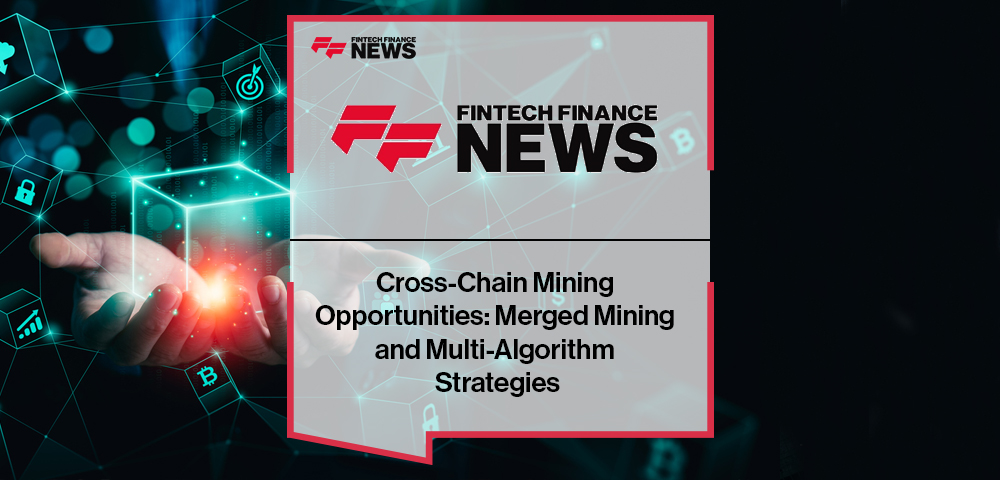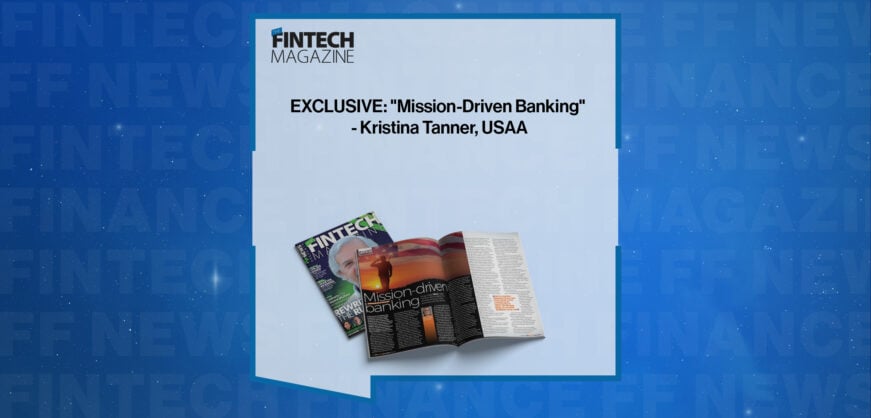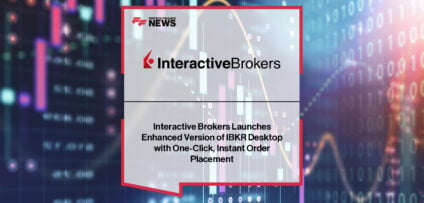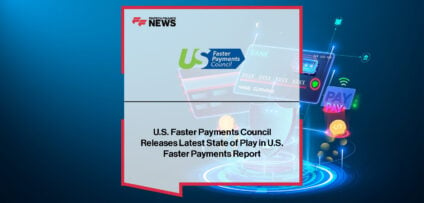Breaking News

Cross-Chain Mining Opportunities: Merged Mining and Multi-Algorithm Strategies
The crypto mining arms race never just been about hardware. It is a matter of reaping high values out of iterations of computation that are highly expensive, competitive, and, in several jurisdictions, fast becoming limited. The winners of the mining wars in 2025 will not necessarily be those with the largest rigs or deepest pockets. The miners who know how to stretch a single hash across many chains or deploy workloads on algorithms in response to market shifts will be the winners. There are two strategies at the centre of this discussion: merged mining and multi-algorithm strategy.
The two concepts spent years in remote quarters of the crypto industry. They are now becoming mainstream because they are required for mining to be profitable. The increasing concentration of hashrate, fluidity of energy policies, and inconsistent profitability of single-chain operations all make diversification more than a convenience – it is a survival tactic.
Merged mining in the spotlight
Merged mining is nothing new. It was first implemented in Bitcoin and Namecoin more than a dozen years ago, and Litecoin-Dogecoin demonstrated that offshoot chains could inherit the security of a larger counterpart. It was long considered more of a theoretical than a real nature. But now that’s all changed. Lighter weight proof-of-work (PoW) chains cannot get enough hashrate to resist attacks, and thin-margin miners are out seeking to extract maximum value through every watt of power.
With merged mining, miners can mine the same block twice: first on a strong chain and simultaneously also on a side network so that they can provide an aid proof to it and still save on electricity. It’s no longer a hypothetical – in various ecosystems it has emerged as the de-facto way to keep networks secure.
A special effort should be made to call out the security argument. Decently stable networks with a small amount of capital are permanent targets of cyberattacks. Adopting such an approach gives target chains security that they could not have attained on their own. Mining is an obvious win: you are already using the energy; why not be rewarded with another bonus?
Multi-Algorithm Principles: Visions beyond the One-Chain Thinking
While merged mining offers a horizontal expansion across chains, multi-algorithm approaches are the vertical expansion within a given ecosystem. DigiByte is an example: it uses a variety of algorithms simultaneously, including SHA-256, Scrypt and Odocrypt, which makes it less susceptible to centralisation and reduces the likelihood of an ASIC monopoly.
To miners, the multi-algorithmic approach gives two important advantages. The first is that different types of rigs, such as ASICs, GPUs and FPGAs, are able to contribute, spreading the playing field and enhancing overall security. Second, it allows algorithm-based arbitrage. If the mining difficulty of one of the used algorithms increases dramatically due to a large pool directing many resources there, a miner can instead mine a different supported algorithm with no issues, since the chains are the same.
But the discussion is going past personal networks. Examples of communities include DigiByte and Vertcoin which are experimenting with cooperative proposals, allowing merged mining across algorithms. This hybridisation confuses the traditional categories, resulting in a future in which miners will be able to balance exposure not only to a variety of tokens but a variety of algorithmic environments.
The Economics Driving Diversification
The macro-economic situation in the industry points to why merged mining and multi-algo systems are becoming serious subjects.
Electric power policy is being tightened: many countries have increased their tariffs on industrial power consumers who are involved in mines, and some are experimenting with outright bans in energy-constrained locations. Meanwhile, token economics are unstable. Reductions in the rewards issued after Bitcoin halvings have made many smaller operators unprofitable, and altcoin rewards seldom justify the investment in hardware.
Diversification plans transform a razor-thin margin into a sustainable business model. Rather than using the profitability curve of one particular token, miners create a portfolio of streams. If Bitcoin rewards are bearing down and an auxiliary chain rises, secondary rewards can be the deciding factor between profitability and loss. In the same manner, by diversifying the algorithm, hashpower is also not locked into one particular fate.
That is the contemporary interpretation of hedging not through derivatives, but with software and electronics.
Cloud Mining in a Cross-Chain World
An angle that is usually ignored is the interconnection between these strategies and the outsourcing of Bitcoin mining infrastructure. Cloud mining, or renting Bitcoin hashpower from off-site providers, was frequently disparaged in the previous bull cycle as a speculative gimmick. Many of the Bitcoin cloud mining providers did not provide the returns they promised and some even collapsed. However, the cloud mining model has not vanished from the Bitcoin ecosystem. Rather, it is being remodelled by the same forces that are driving physical miners toward cross-chain efficiency.
The contemporary cloud agreements are getting more fluid. Customers can send workloads to merged-mining setups or multi-algorithmic networks rather than one pool or coin, essentially renting diversification itself. This presents an opportunity to retail participants who are priced out of operating an ASIC farm to explore new strategies that are traditionally only available to professional operators.
Naturally, there are risks: the counterparty risk, untransparent fee constructions, and reliance on the provider uptime. However, in a sector where speed is an important consideration, cloud services are demonstrating that off-site infrastructure can even remain applicable, provided deployed with an intelligent approach, as opposed to blind faith.
Friction Areas: Delays and Payments
All this optimism runs headlong into a very practical problem: how to be paid. Hypothetically, block rewards should be transferred to the miners smoothly. In practice, blocked or delayed crypto payments are a recurring headache. Congested pools, fee miscalculation, or simply an underfunded pool operator may mean hours or days of waiting.
This is more than a hassle. Dynamically, delayed payments can complicate cash-flow forecasting and even generate tax complications when rewards are timestamped incorrectly. The solution to the problem is vigilance: monitor your transactions in block explorers such as those made on public pools with transparent accounts, and sometimes spend more network fees to resolve faster.
The risk won’t vanish. Decentralised systems don’t offer the instant finality of centralised payment processors. However, experienced miners factor this friction into their operating models.
A Miner Checklist, 2025
Here is a list of essential practices that anyone intending to employ cross-chain strategies ought to know:
- Check the algorithm compatibility before setting up merged mining; not every pair is compatible.
- Model profitability in a variety of token-price conditions, including worst-case crashes.
- Keep an eye on the health of auxiliary chains; if their communities die out, security is not guaranteed.
- Use multiple payout channels to avoid the risks of stagnant payments.
- Keep up to date on governance proposals – networks like DigiByte and Vertcoin change rapidly and an opportunity can be lost as soon as it has been identified.
This is not so much an operational guide as it is a way of thinking: opportunistic, distrusting, and ever seeking ways of maximising each unit of computation.
Why Terminology Matters
Even among experienced miners, technical conversations can spiral into jargon, which can make it difficult to understand what is being said. That’s where resources like Webopedia matter. It is a good glossary of new terms — especially as there are more acronyms and hybrid mechanisms being proposed than many can keep up with. Having a baseline source can keep communities on the same page, and clarity can often mean a more efficient management of resources.
Conclusion
Implanted as a technical trick, cross-chain mining is actually a philosophical shift. Rather than placing the future on the economics of a single chain, the miners are learning how to string together multiple chains and algorithms into a portfolio of security and payout. Combined mining increases the range of participation and mitigates the risk of concentration. Cumulatively, it turns mining into a multi-chain game of strategy, rather than a bet.
- RootstockLabs Targets $260 Billion in Idle Bitcoin with New Institutional Initiative Read more
- Interactive Brokers Launches Enhanced Version of IBKR Desktop with One-Click, Instant Order Placement Read more
- Unlimit Achieves Mastercard and Visa Token Service Provider Certification in India, Advancing Secure Digital Payments at Scale Read more
- U.S. Faster Payments Council Releases Latest State of Play in U.S. Faster Payments Report Read more
- California Casualty Selects ZestyAI to Strengthen Wildfire Risk Assessment and Support California’s Sustainable Insurance Future Read more

















